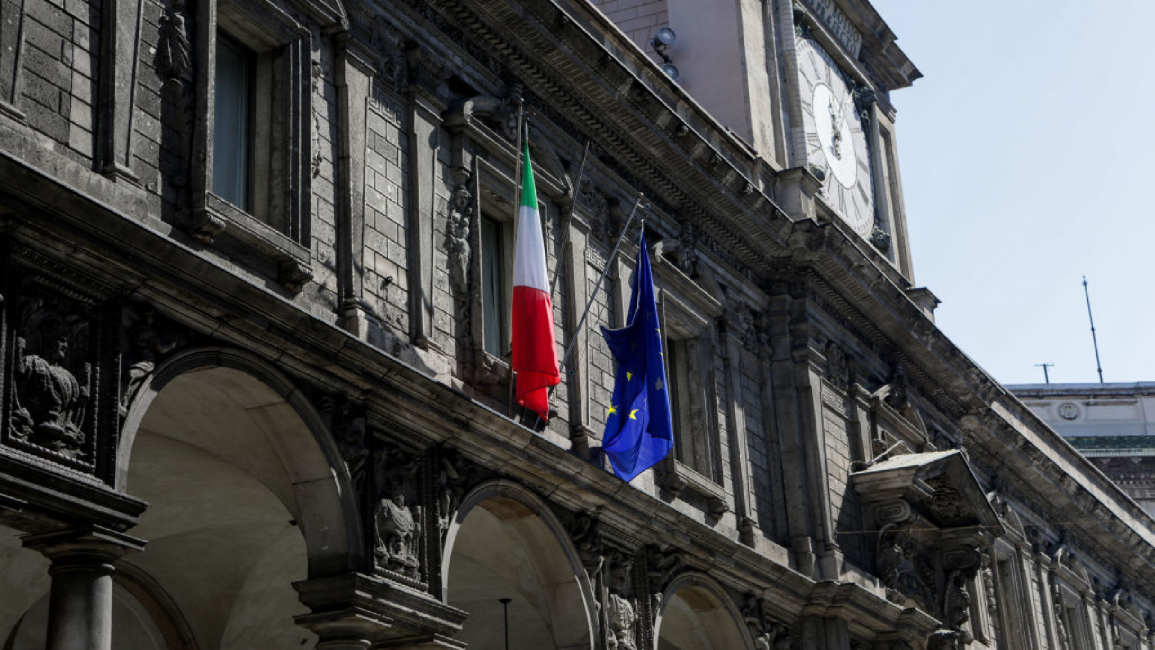James E. Garcia, Arizona Mirror
November 11, 2021

PAUL GOZAR ONE SICK FUCK
Congressman Ruben Gallego got it right when he recently described his House colleague, Paul Gosar, as “Just an awful human being."
Gallego was commenting on the news that Gosar had posted an altered anime video of himself on Twitter, which he's since removed, that depicted him executing Rep. Alexandria Ocasio-Cortez, D-NY, by slashing the back of her neck with a sword and nearly decapitating her, and then attacking President Joe Biden — the animated version of “Gosar" freezing a split second before his blades make contact with the president's head.
Gosar, a Prescott Republican and white nationalist icon, later said it all a big joke.
It was. A very sick and repugnant joke.
White supremacy is for extremely fragile people (and) sad men like him, whose self concept relies on the myth that he was born superior, because deep down he knows he couldn't open a pickle jar or read a whole book by himself.– Rep. Alexandria Ocasio-Cortez, D-NY
And while his “joke" may not mean that Gosar actually wants to kill Ocasio-Cortez, it's the latest illustration of just how far Gosar and a growing contingent of the Republican Party are willing to go when it comes to trivializing and often outright encouraging violence against anyone who disagrees with them.
Gosar has also described the throngs who attacked the U.S. Capitol on January 6 to block the certification of Biden's 2020 election as “peaceful patriots." Really? Those peaceful patriots left more than 140 Capitol and D.C. police officers injured, and one officer dead. Others also died as a result of the attack.
But in case you're wondering, Gosar's mock-murder of Ocasio-Cortez isn't really about politics, in the same way that rape isn't really about sex.
This isn't Gosar's way of saying he disagrees ideologically with the congresswoman's progressive stances on issues like climate change, universal pre-K or paid family medical leave.
Gosar's assault on Ocasio-Cortez is about race and gender — and especially race.
Ocasio-Cortez is everything Gosar and his ilk detest and fear: an intelligent Brown woman with power.
Gosar wouldn't dare circulate an anime video of him pretending to behead Rep. Lynn Cheney, and not because she's a fellow Republican — though she's recently turned her back on many of her Republican colleagues — but because she's a white woman, and even the most racist members of today's Trumpian GOP wouldn't stand for it.
“After all, Paul," I can just imagine some of them saying, “you wouldn't want to encourage anyone to do anything crazy now would you? You know, like chop Lynn's head off!!!"
Nevermind that that's precisely what Gosar's cartoon caricature of himself does to Ocasio-Cortez.
The video also goes out of its way to tie Ocasio-Cortez, who was born in Bronx, to the theme of illegal immigration.
The video repeatedly cuts to grainy clips showing immigrants crossing the U.S.-Mexico border, as Border Patrol agents, including some galloping on horseback, valiantly “defend" America.
And just so you know how dangerous these immigrants are, the video screen is splattered with anime blood stains, though I'm not sure if the implication is that the immigrants have sparked a murderous bloodbath or if “Gosar the Titan slayer" is slashing them as they cross.
Either way, the message is clear: Menacing Brown immigrants are invading the U.S. and our evil villain, Ocasio-Cortez, is leading the charge. But never fear, hard-right, neo-fascist white America, Gosar is here!
For her part, Ocasio-Cortez tweeted soon after landing in Scotland to attend an ongoing global climate conference about the “creepy" colleague “who fundraises for Neo-Nazi groups" that shared his fantasy of killing her: “This dude is just a collection of wet toothpicks anyway. White supremacy is for extremely fragile people (and) sad men like him, whose self concept relies on the myth that he was born superior, because deep down he knows he couldn't open a pickle jar or read a whole book by himself."
Ocasio-Cortez predicted that Gosar, given the Republican Party's recent track record, is unlikely to face any serious consequences for what's become his pattern of reprehensible behavior.
House Speaker Nancy Pelosi has called for a Congressional ethics inquiry and criminal investigation into Gosar's depiction of violence against Ocasio-Cortez and Biden.
Democratic Congressman Ted Lieu added this: “In any workplace in America, if a coworker made an anime video killing another coworker, that person would be fired."
Even the congressman's sister, Jennifer Gosar, has labeled him a “sociopath" and demanded that he be held accountable.
But Gosar won't be held accountable. He won't be fired by the Republican Party. He won't be castigated by House Minority Leader Kevin McCarthy. And he won't be voted out by a majority of voters in his shamefully gerrymandered Arizona district.
Why? Because Gosar is a white supremacist, male member of a political party that's now dominated by white supremacists and whose core agenda has almost nothing to do anymore with so-called traditional Republican values.
The party's singular agenda today is the preservation, at all costs, of this country's historically white, male-dominated power base, and Gosar has become a sociopathic foot-soldier for cause.
Arizona Mirror is part of States Newsroom, a network of news bureaus supported by grants and a coalition of donors as a 501c(3) public charity. Arizona Mirror maintains editorial independence. Contact Editor Jim Small for questions: info@azmirror.com. Follow Arizona Mirror on Facebook and Twitter.












